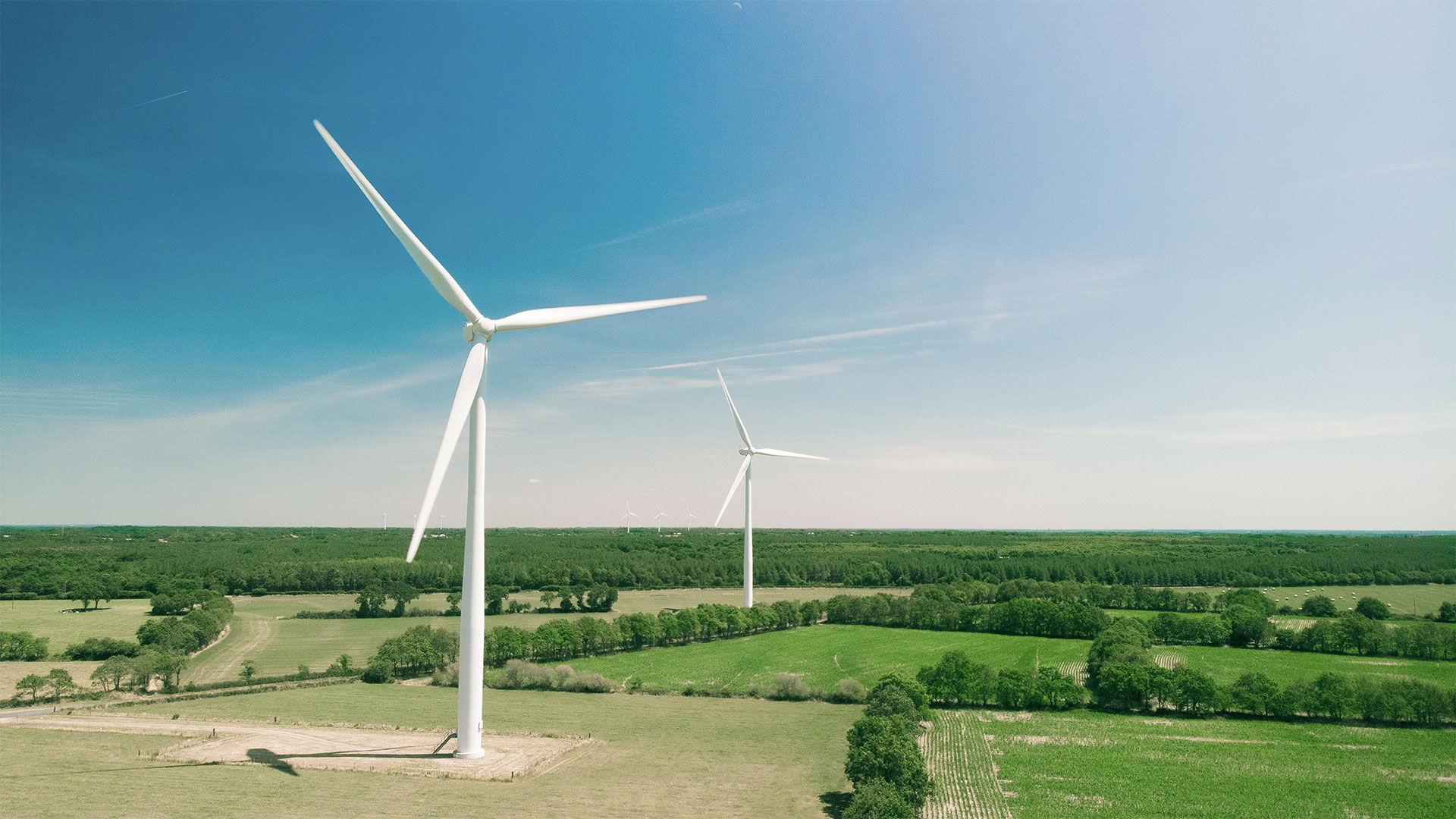Search Site
Back to Menu

LEED Whitepaper
Over the past 10 years, the demand for sustainable, environmentally friendly industrial real estate has moved from a niche request to a global standard.
The U.S. Green Building Council’s (USGBC) Leadership in Energy & Environmental Design program, commonly known as LEED, is at the forefront of this shift, offering certifications for buildings, homes and communities that meet a variety of “green” requirements for design, construction, operation and maintenance.
This paper unpacks the forces behind LEED’s rapid rise in the industrial real estate sector, its benefits to industrial real estate developers, investors and tenants, as well as the challenges to attaining these coveted certifications. For more background on the history of LEED, please refer to the Appendix.
Why the Industrial Real Estate Sector is Warming Up to LEED
In the few years following LEED’s debut, the residential and commercial real estate sectors comprised the bulk of the program’s early adopters. A number of reasons caused the industrial sector to shy away from registering projects for LEED qualification. There were pervasive misconceptions that LEED was only applicable to homes or office space, and that LEED criteria was too narrow to include industrial project’s unique qualities.
Recently, however, attitudes have changed. In 2010, the USGBC reported only 198 LEED-certified industrial projects; as of July 2014, that number has jumped to over 1,300 nationwide1,2. A number of factors and new developments have inspired this industrial push toward LEED:
Building a Support Network for Successful LEED Certification Projects
Achieving any level of LEED certification is a strategic journey, one that takes precise planning and expertise in a number of areas, from site selection and construction to facility design and government regulations. Finding the right partner is the key to successfully earning LEED certifications for industrial properties. When searching for a development partner, evaluate candidates along the following factors:
CenterPoint Properties: A Dedicated Partner in Sustainable Development & LEED Certification
For tenants looking to pursue LEED certification for their next industrial facility, CenterPoint offers a team of LEED-accredited professionals, and contractors equipped to support any level of LEED project. Since 2007, CenterPoint has been a national member of the USGBC, enabling the firm to work side by side with other industry leaders committed to sustainable development. Every building CenterPoint develops incorporates features that qualify for LEED points, such as enhanced insulation, energy efficient HVAC systems, automatic-censored light fixture controls and storm-water management solutions.
LEED by Example
To date, CenterPoint has worked on a number of LEED-certified properties across the country that showcase the advantages of environmentally-conscious development, and the impact it can have on business and community growth.
Sources
Subscribe
Microsite Request
